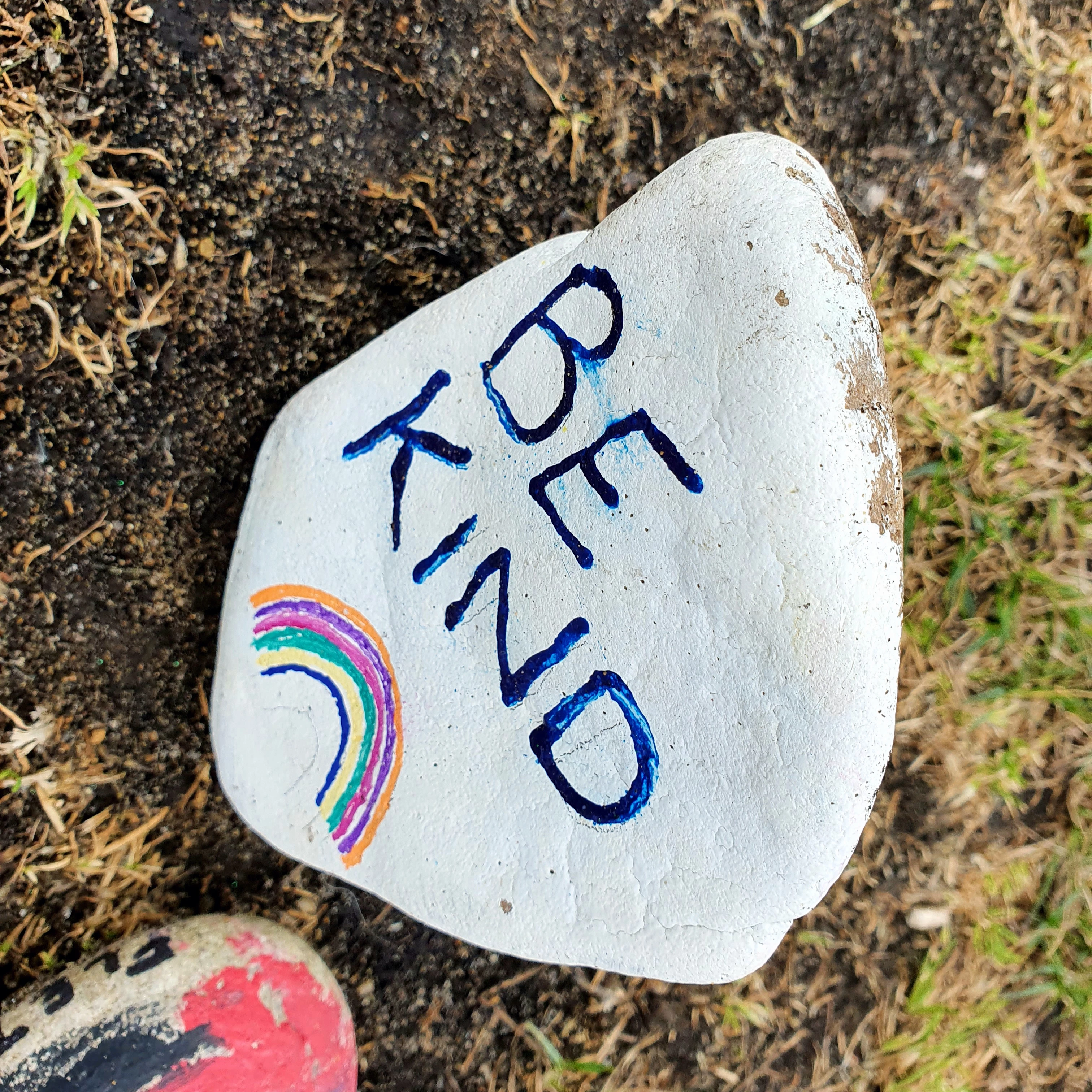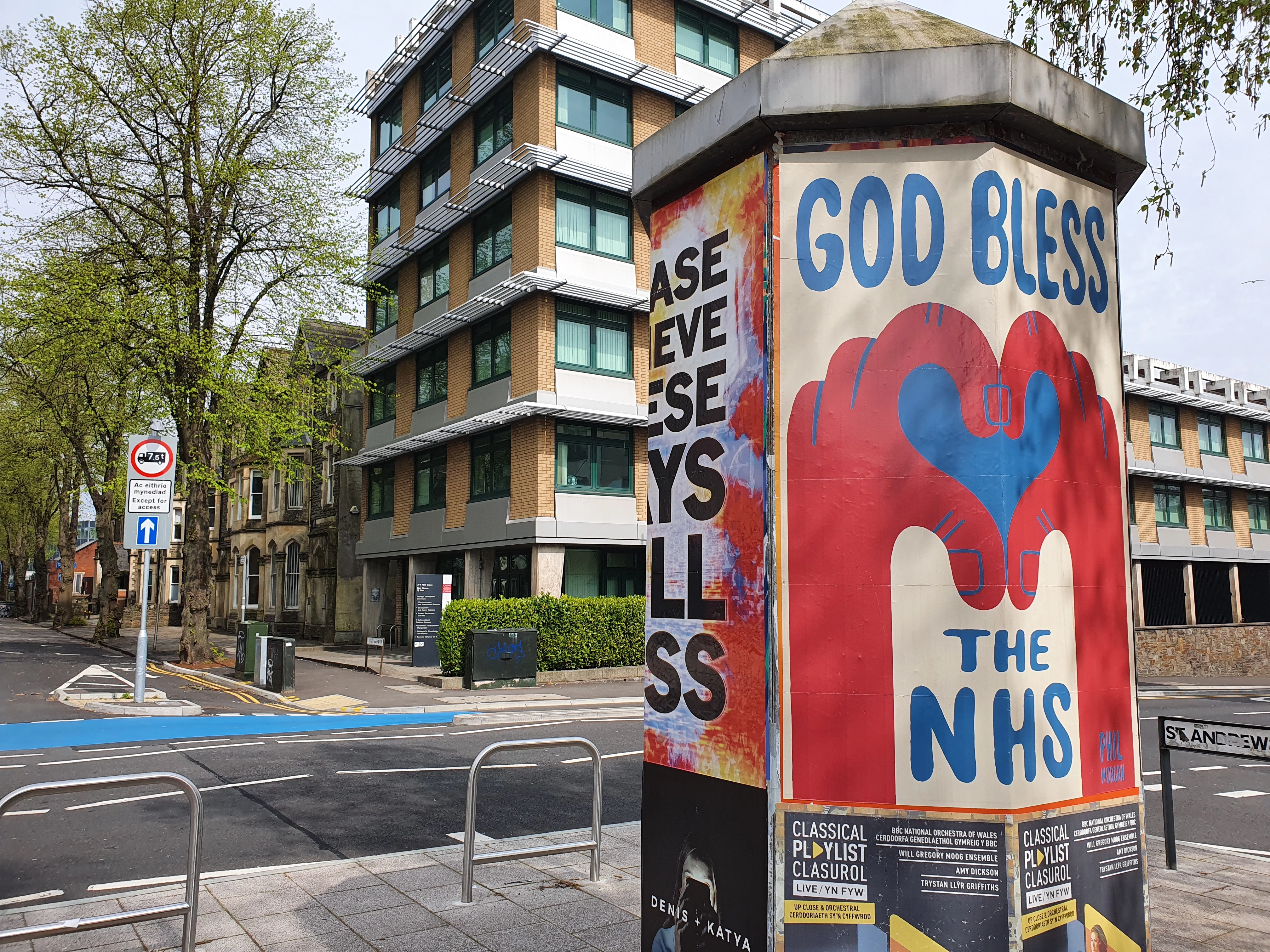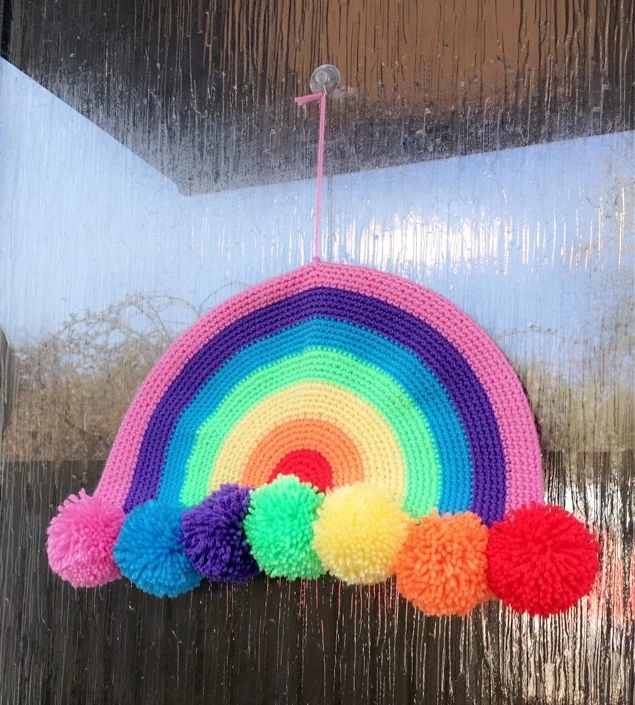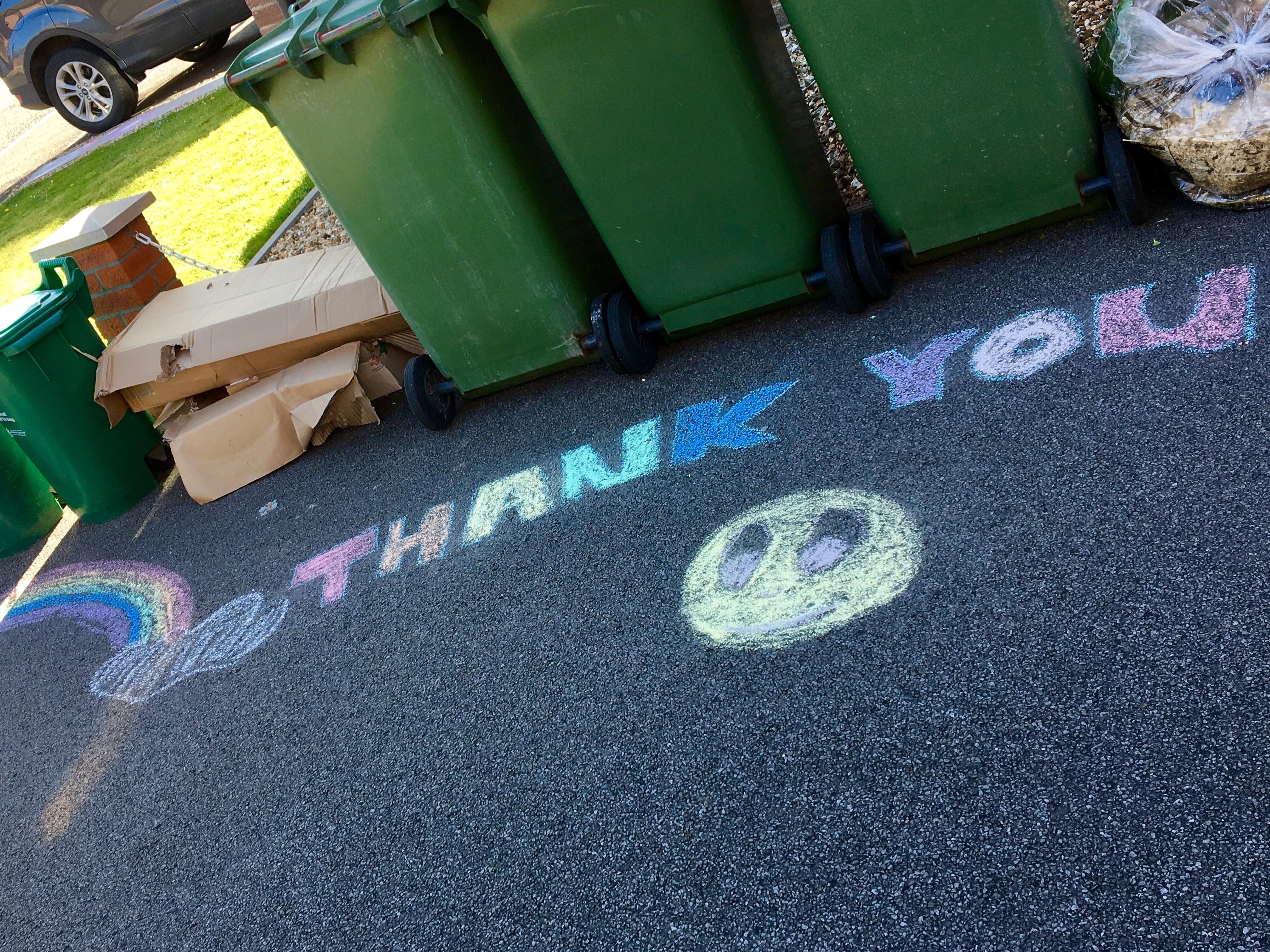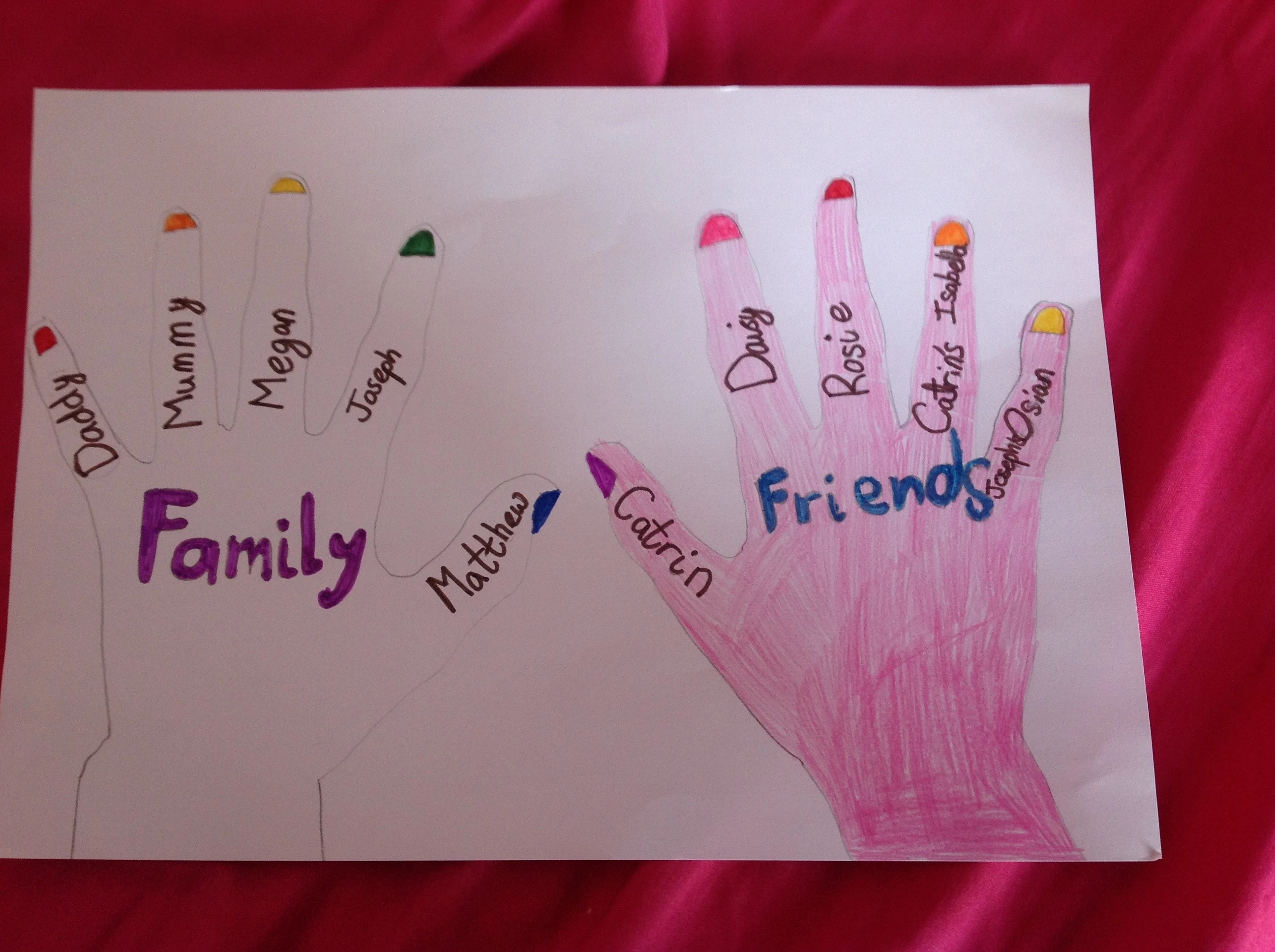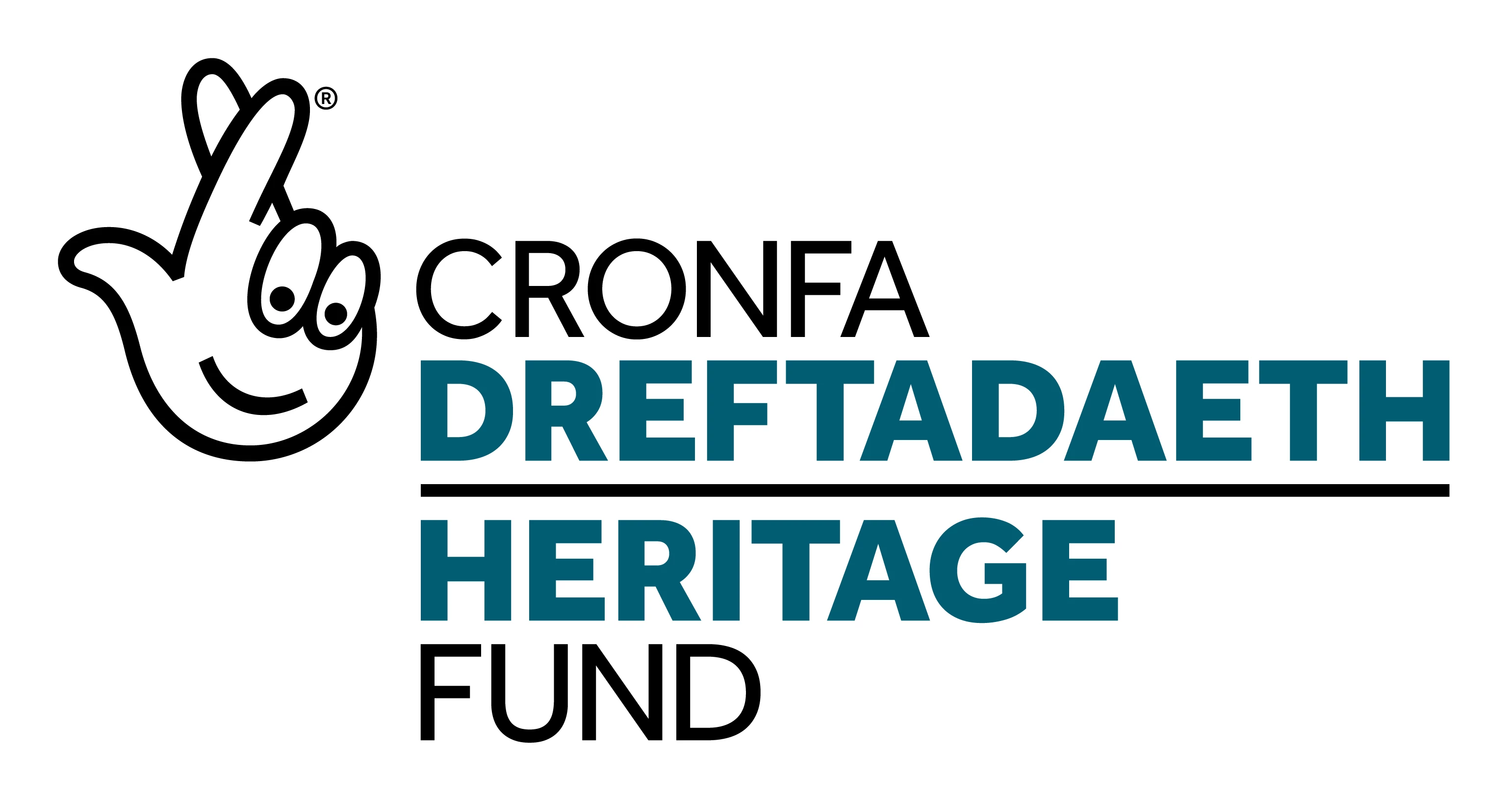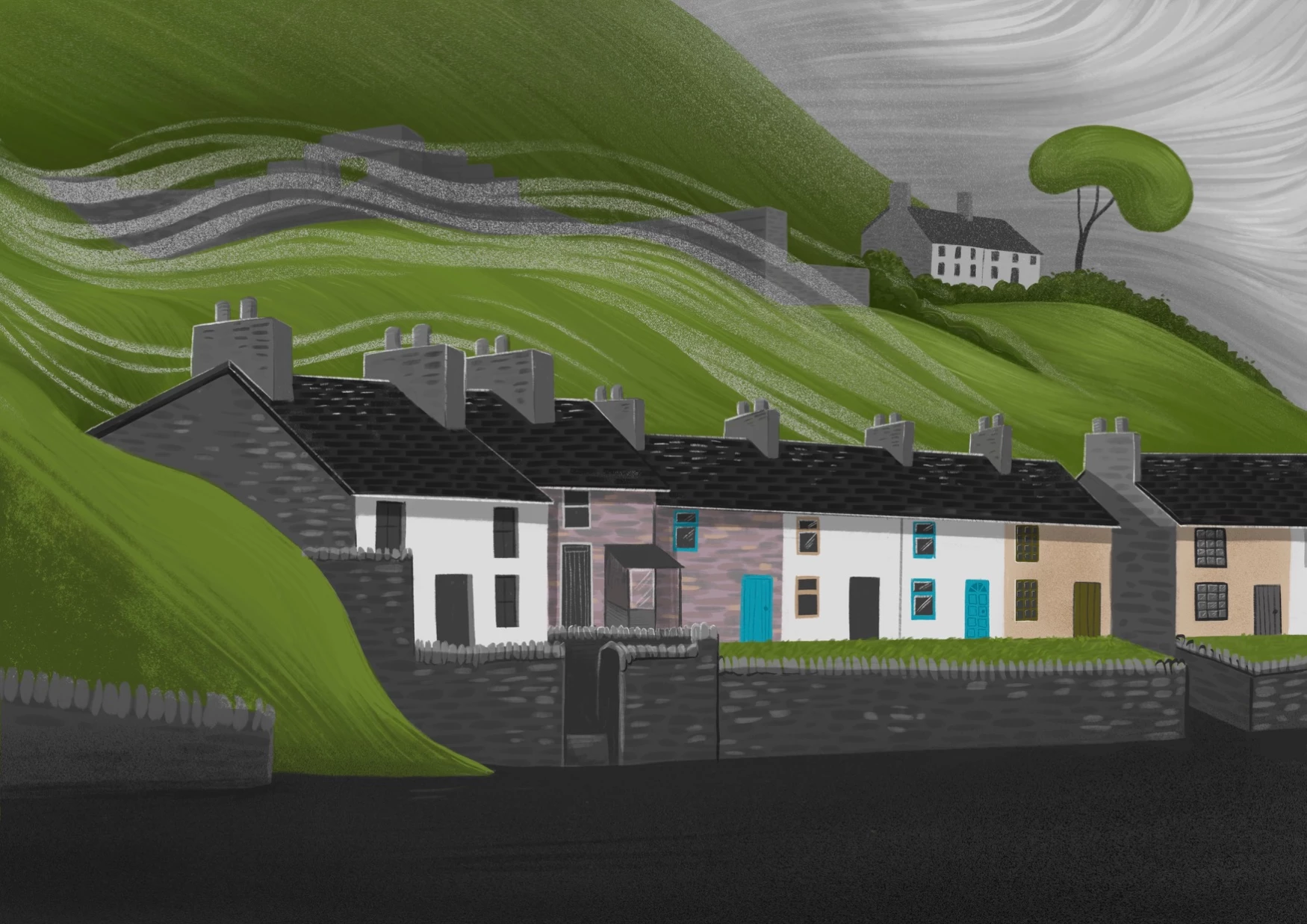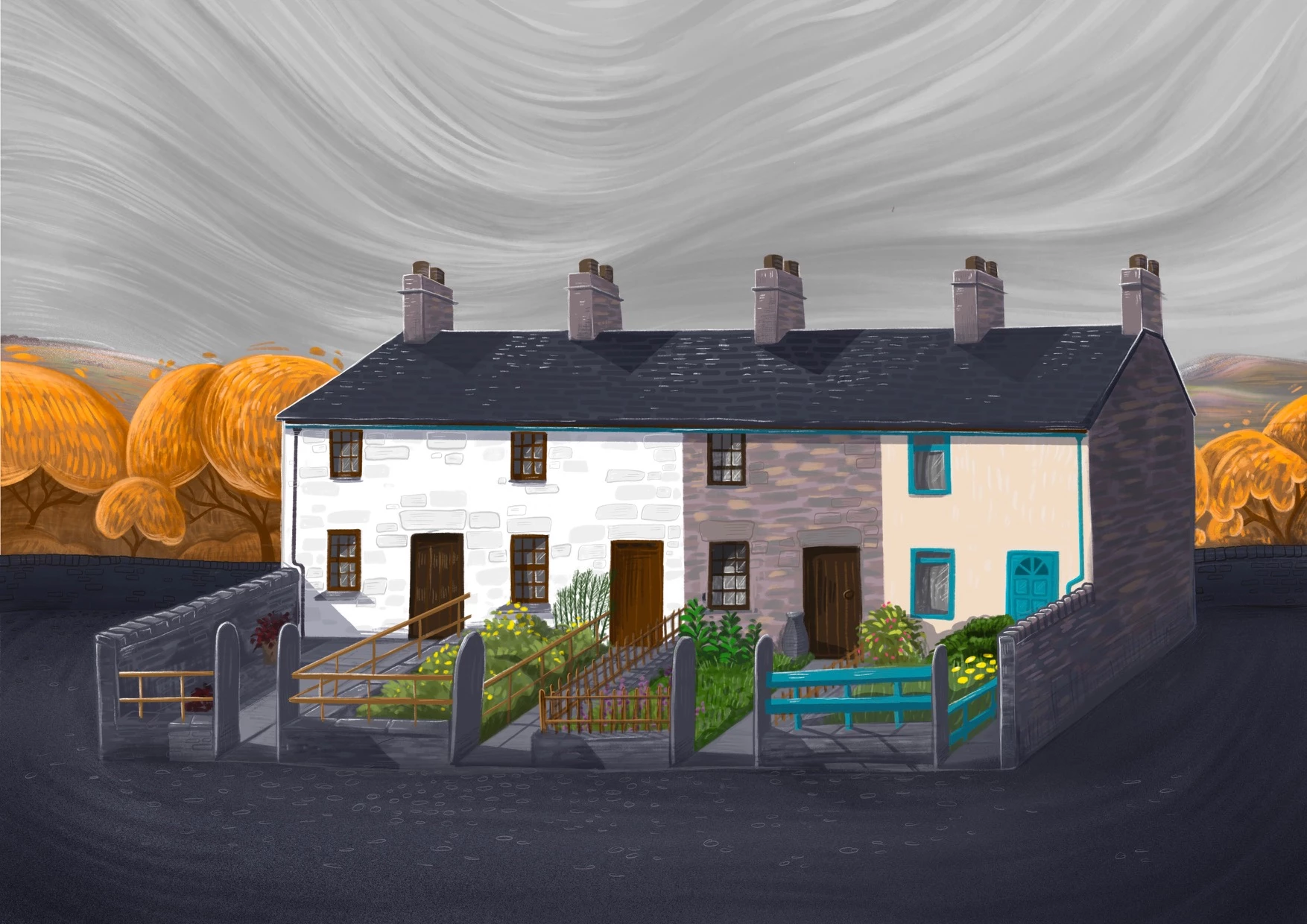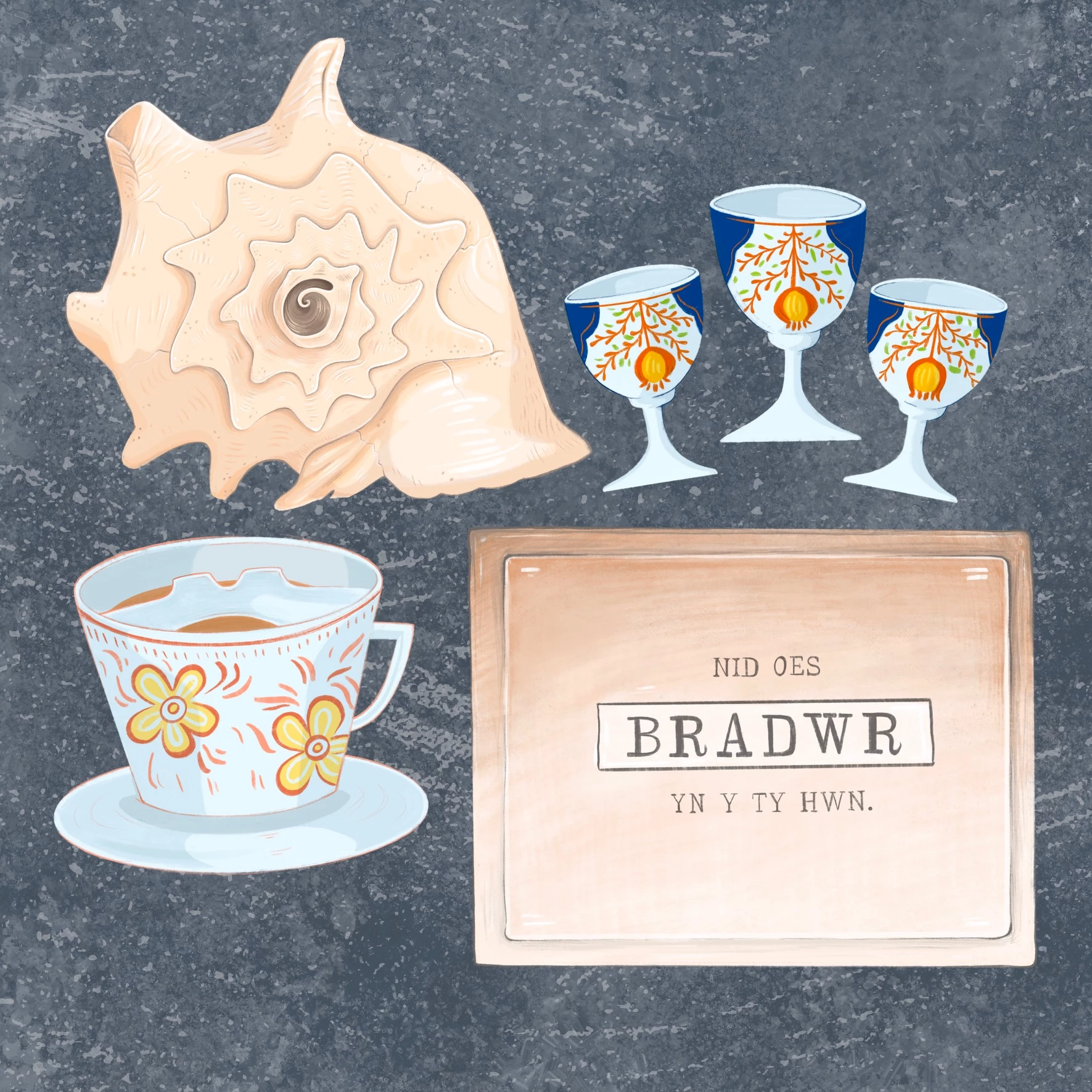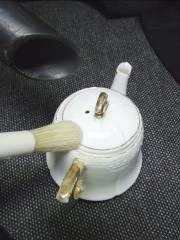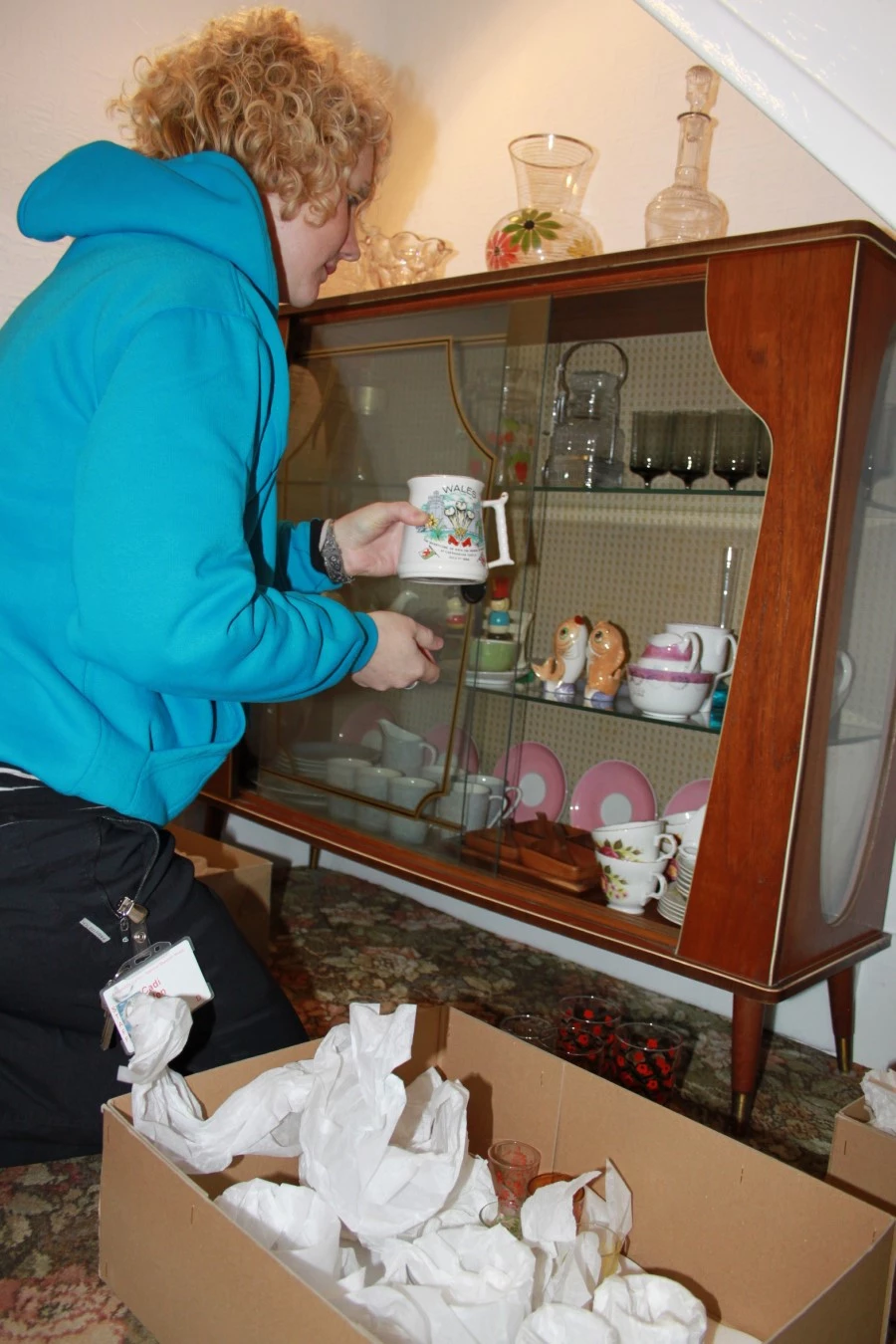Holiadur Casglu Covid – yr ymateb hyd yma
, 22 Mehefin 2020
Mae mis wedi mynd heibio ers i ni lawnsio ein holiadur Casglu Covid digidol. Os gofiwch chi, nod yr ymgyrch hon yw casglu profiadau unigolion a chymunedau ar draws Cymru am fywyd yn ystod y pandemig presennol.
Hyd yn hyn, rydym wedi derbyn dros 800 o gyfraniadau cynhwysfawr, gyda’r niferoedd yn cynyddu bob dydd. Mae’r holiadur yn rhoi cyfle i bobl fyfyrio ar eu profiadau diweddar, i fynegi eu teimladau a’u hemosiynau, yn ogystal â’u dyheadau a’u pryderon am y dyfodol. Mae’r ymatebion sydd wedi dod i law yn du hwnt o bwerus – straeon am golled a dioddefaint, pryder ac unigrwydd, ochr yn ochr â thystiolaeth am ddyfeisgarwch a charedigrwydd teulu a chymdogion. Dyma flas o rai o’r cyfraniadau hyd yma.
Mae nifer o fy ffrindiau lleol a minnau wedi teimlo'n euog am gael cystal amser yn y pandemig – heb golli anwyliaid eto, heb golli swyddi… Mi fydd felly yn ddyletswydd ar y rhai ohonom sydd wedi cadw neu atgyfnerthu ein iechyd meddwl i chwarae rhan gweithgar yn cefnogi y rhai llai ffodus pan awn yn ôl at rywbeth tebycach i'r hen arferion. Bydded hynny trwy helpu 1-1 neu trwy weithredu'n wleidyddol neu rhywbeth arall.
Sali, Gwynedd
Methu ymweld â fy mam yng nghyfraith 96 oed yn yr ysbyty a ninnau'n gwybod gymaint oedd ei hiraeth am ei theulu. Welon ni ddim mohoni am fis cyn ei marwolaeth. Gorfod mynd â dillad a sebon iddi yn yr ysbyty ond ddim yn cael mynd ymhellach na desg y dderbynfa a hithau ond ychydig lathenni i ffwrdd. Eistedd yn y ty dros benwythnos y Pasg yn aros i'r ysbyty ffonio i gyhoeddi ei marwolaeth ar ôl iddyn nhw ddweud bod y diwedd o fewn ychydig oriau, ac nad oedd modd i ni ei gweld.
Sylfia, Pontypridd
Mae'r emosiynau yn newid o ddiwrnod i ddiwrnod. Diolch byth bod gen i deulu i gael cwtsho. Meddwl am rai sydd methu cael cwtsh wrth eu teuluoedd.
Rhian, Abertawe
Dwi di siarad mwy yn y clo hwn nag erioed. Gynt rhyw 'Sut ma hi heddiw?' ac ymlaen oedd hi. Rwan da ni'n aros a chael sgwrs iawn a diddorol o un ochr y lon i'r llall… Mae arferion yn treiddio i'r meddwl. Heddiw mi geis fy hun yn dal dair metr o'r wraig, ac yna sylweddoli, 'be ti'n neud?' Mae pob am dro di bod yn igam ogam, ond y sgwrsio di bod yn fwy ar draws ffordd, o bafin i bafin.
Di-enw, Llanrug
Mae fy nheimladau'n dod fel tonnau. Gallai fod yn ddiolchgar, derbyn y sefyllfa a trio gweld positif yn y sefyllfa ar y mwyaf ond reit ddagreuol dros bethau bach adeg eraill.
Leri, Caerdydd
Yn bositif, y gwanwyn godidog na'th helpu cymaint. Y gwasanaeth hollol wych greodd siop y pentre i'r gymuned. Mynd ati i goginio cacennau a phlanu hadau, ac agor gwely llysie – fel pawb arall mae'n debyg! Pethau gwych fel COR-ONA ar Facebook a gweld y fath dalent greadigol yn dod at ei gilydd yng Nghymru i godi calon a diddanu.
Cathryn, Cilgerran
Diolch o galon i bawb sydd wedi cyfrannu eu profiadau hyd yn hyn. Drwy ymateb a chymryd rhan, rydych yn ein helpu i greu archif anhygoel fydd yn galluogi cenedlaethau’r dyfodol i ddeall sut brofiad oedd byw drwy COVID-19 yng Nghymru.
